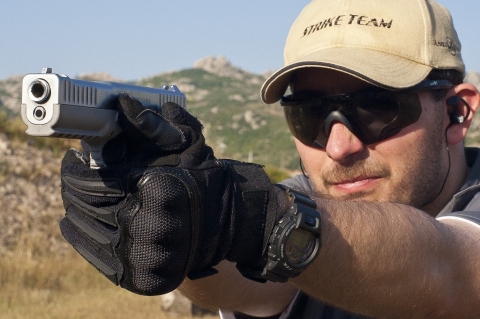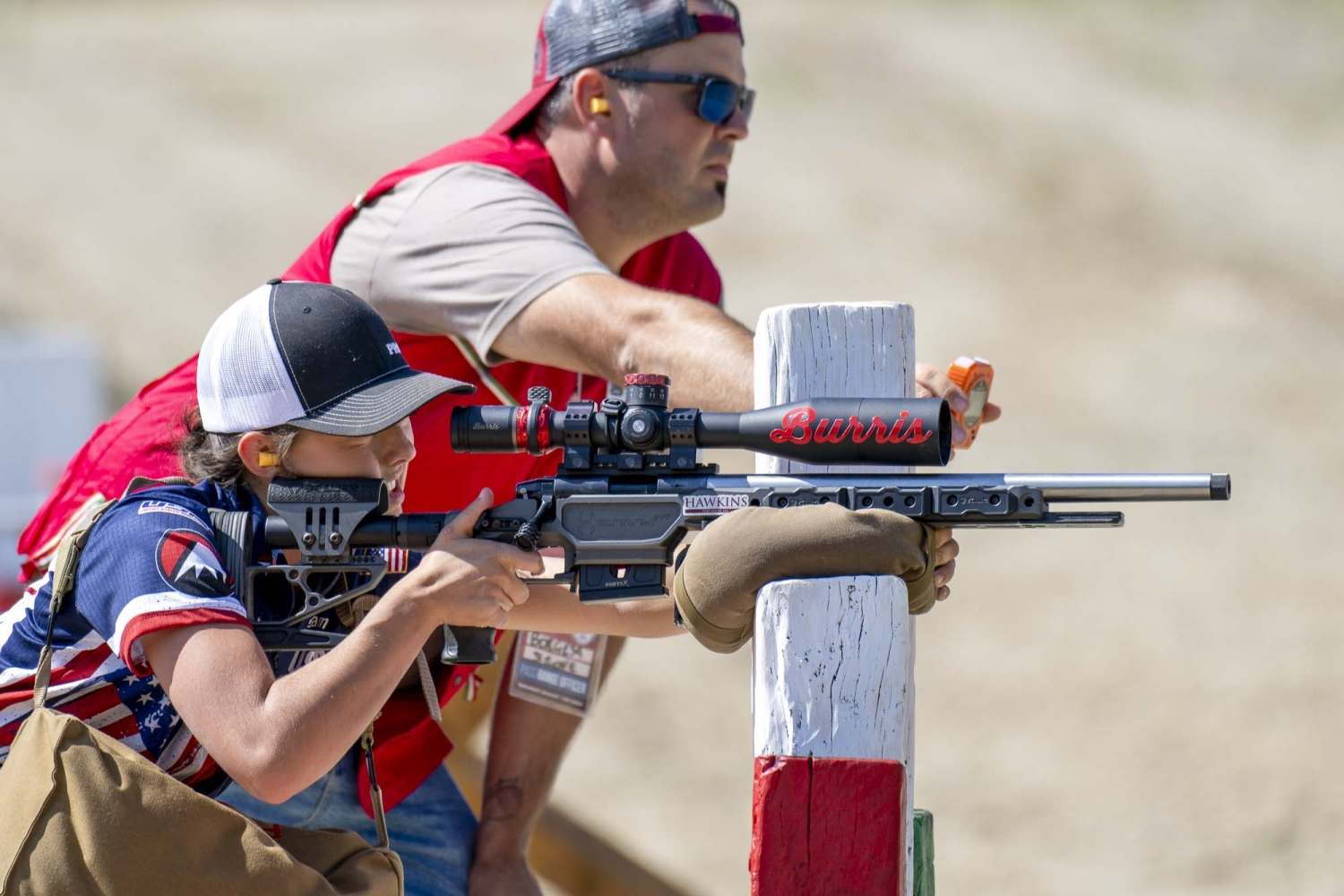PRS Rimfire: Precision Rifle 22 1st World Championship, in Italy
It has just concluded in Italy the first PRS Rimfire World Championship, or PRS 22: it is the name of the .22 Long Rifle variant of the long-range precision shooting of the Precision Rifle Series
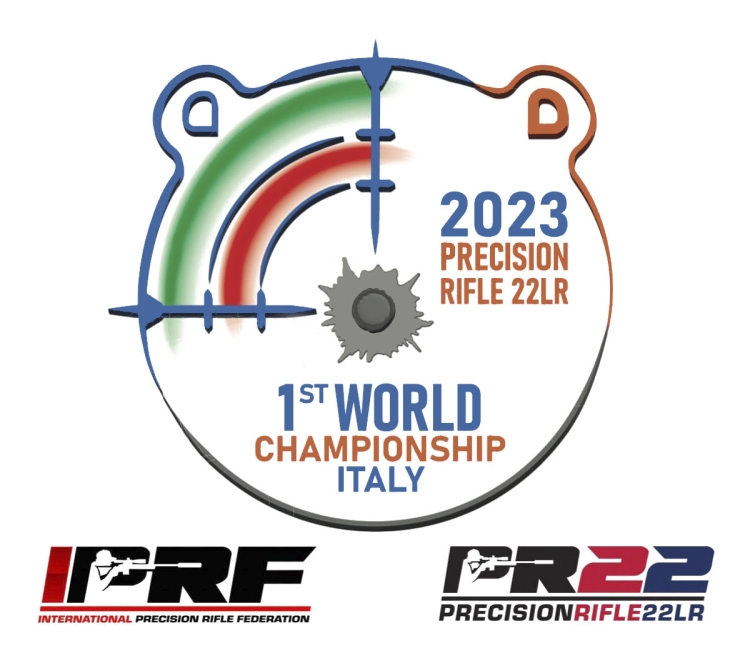
The PRS Rimfire is a .22 Long Rifle rimfire precision shooting specialty that is becoming popular in many countries, as demonstrated by the success of the first World Championship which took place last week on the beautiful shot of Piancardato, in the province of Perugia.
The PRS Rimfire is the youngest specialty of the Precision Rifle Series, having been established by USPRA - the US national PRS shooting federation, affiliated to the IPRF international federation - only in the 2020/2021 sports season, along the lines of what was already happening since the second half of the 2000s in circuits such as the National Rifle League with the NRL22 and the Lapua Practical Rimfire Challenge.
The starting point of the PRS Rimfire, known more "popularly" as PRS 22, is the same as the other PRS disciplines: a semi-dynamic long-range precision shooting specialty, with a long weapon, in which shooters compete in engaging multiple targets at various ranges in pre-established and timed times. The approach of the PRS Rimfire is exactly the same: only the caliber of the weapons used changes, which is the .22 Long Rifle.
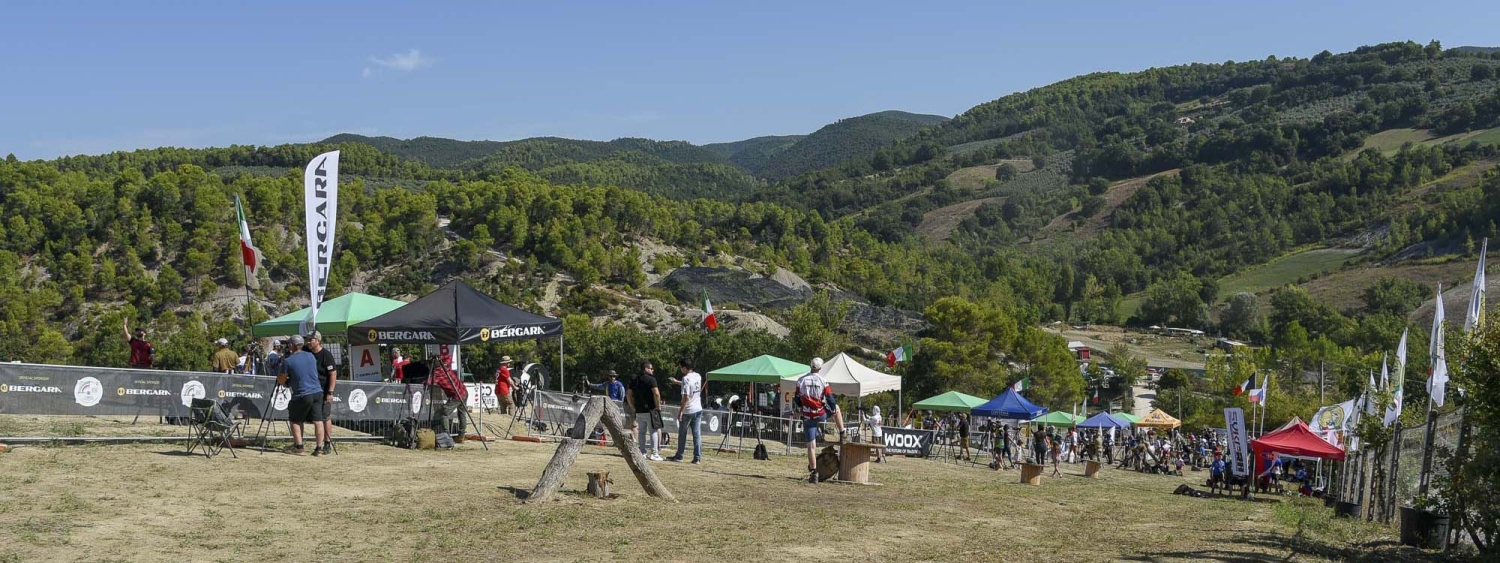
The use of rimfire weapons has numerous advantages, all well calculated by the creators of the PRS Rimfire: the reduced cost of ammunition and .22 LR caliber weapons - at least the standard production ones that can be used in the Factory category - allows you to approach this discipline at reasonable operating costs. This is also very important for introducing younger shooters to the sport.
In addition to being affordable, beautiful and still challenging, the PRS Rimfire allows you to broaden the base of practicing shooters, of any age.
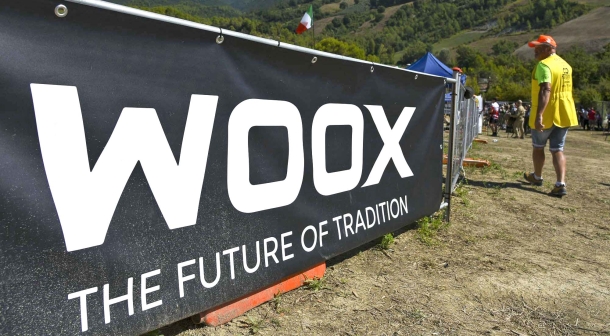
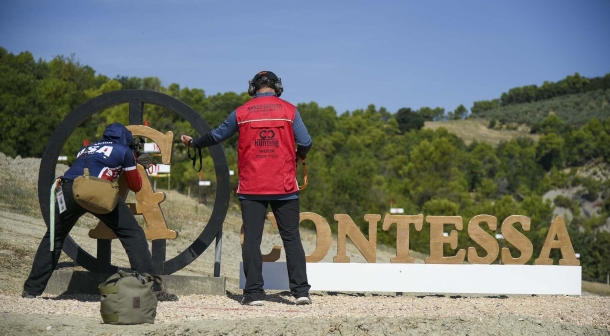
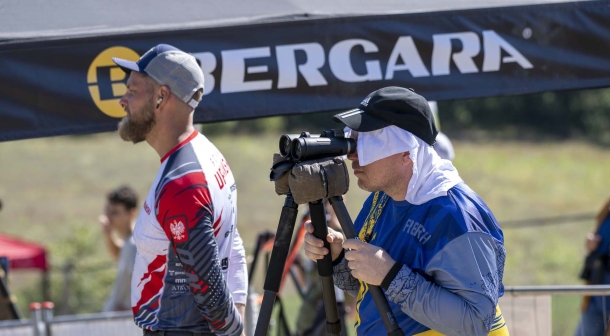

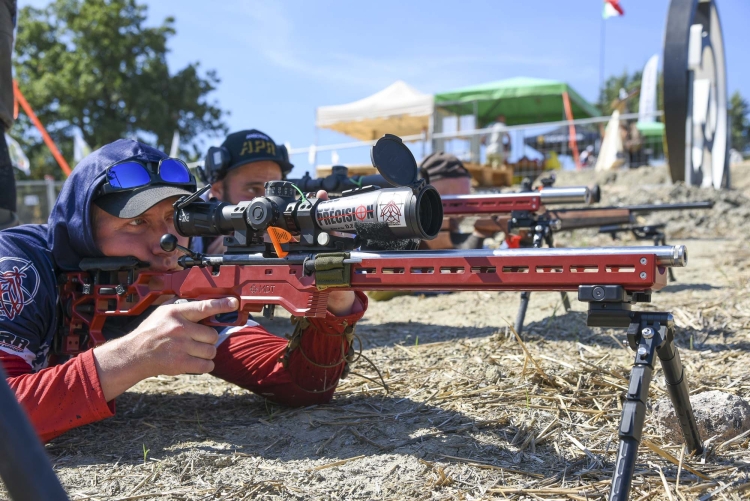

On the contrary, the minor legal restrictions to which rimfire weapons are subject in many countries make the PRS Rimfire feasible even where centerfire weapons are more strictly regulated; and the ballistic characteristics of the .22 caliber make it easier to find and equip suitable spaces, thus reducing the logistical and organizational costs of events.
To this must be added a wide variety of guns available, with major brands such as Bergara, CZ, Savage, Ruger who have not missed the huge market for the .22 LR caliber and all have standard bolt-action models in their catalog today we see on the competition fields of the PRS Rimfire. All supported by a huge Aftermarket offer of scopes and accessories that allows shooters to adapt and customize their guns – within the limits of the regulations for specific divisions – to reach the highest levels.


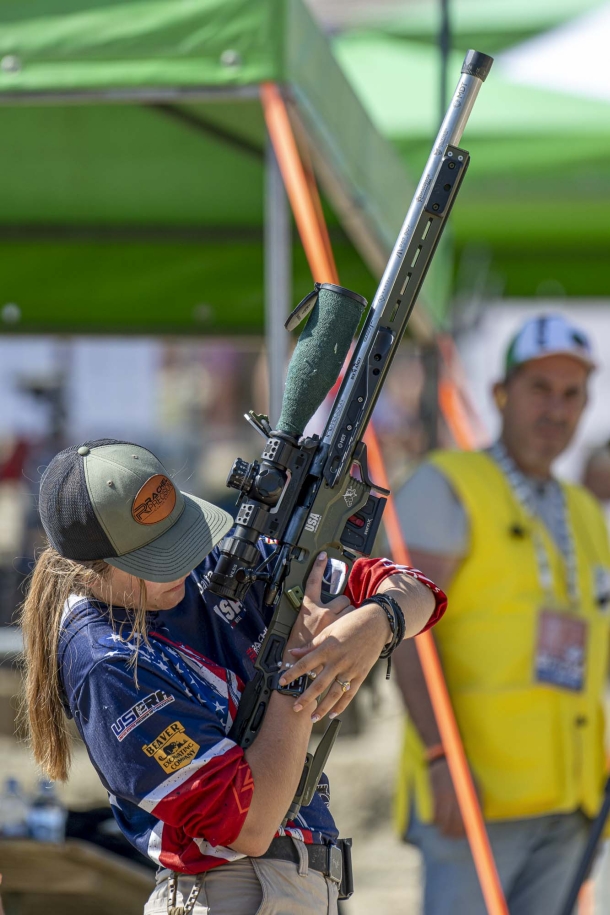
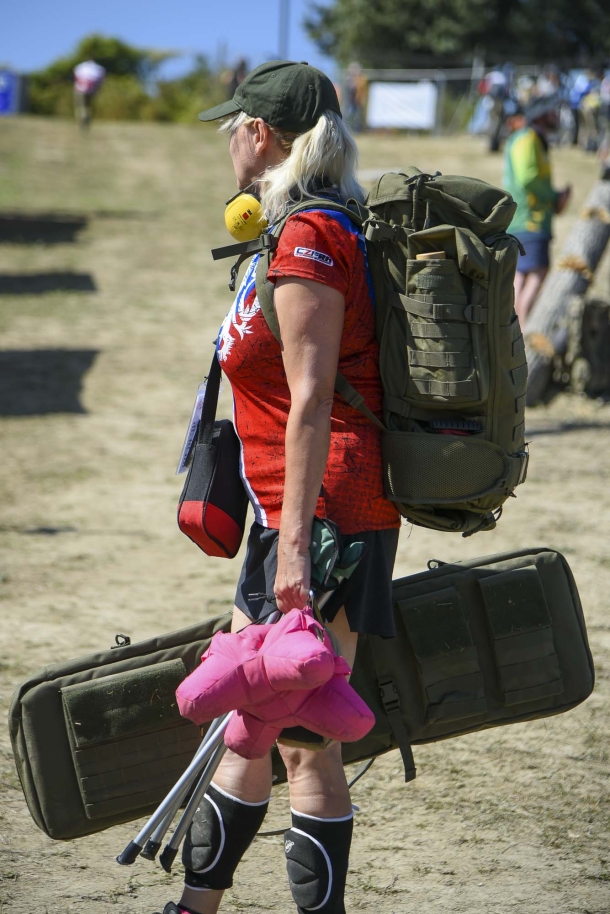
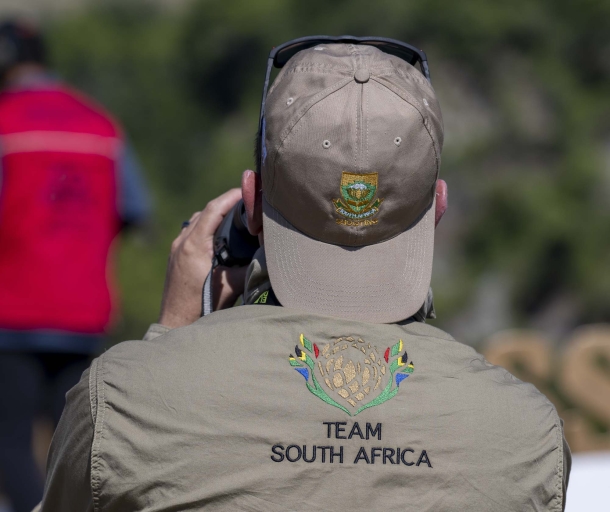
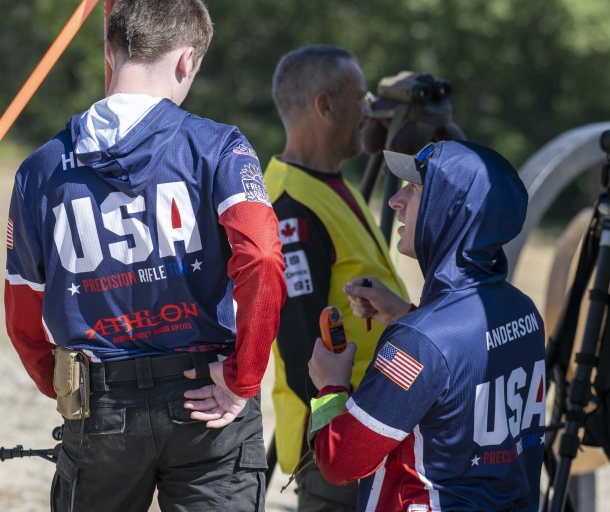
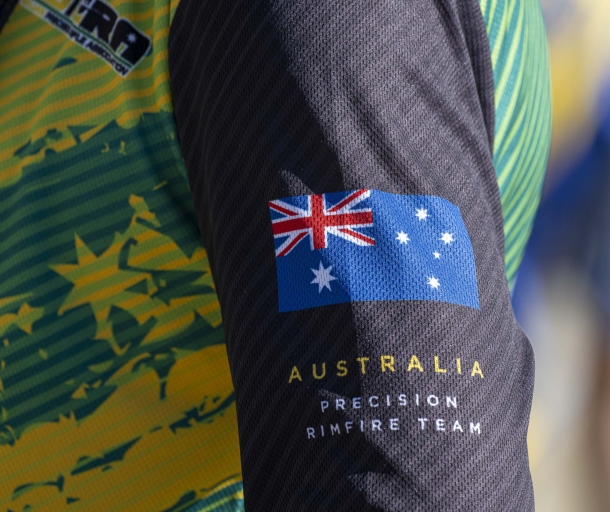
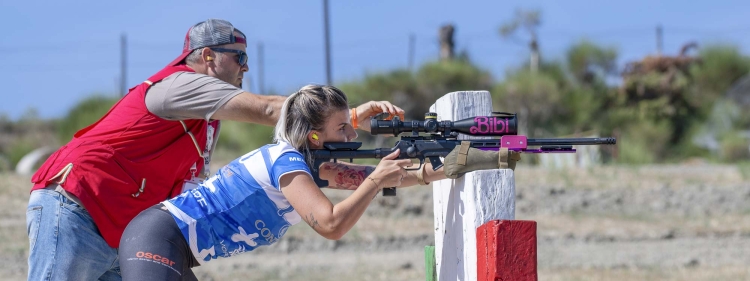
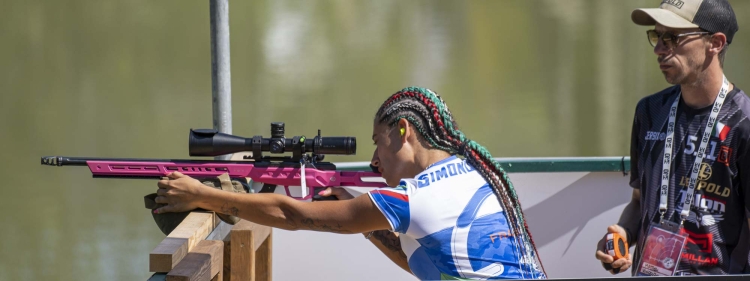
PRS Rimfire shooting currently includes two divisions: Production, which permits the use of mass-produced .22 Long Rifle caliber bolt-action firearms with a limit on the cumulative value of the rifle and scope (not to exceed $1,500 USA); and the Open, which has no limits whatsoever apart from the caliber, which must always and only be the .22 Long Rifle. Apart from this macroscopic distinction, the two categories provide for other rules, but it is not in this article that we want to analyze them.
The most recent changes to the regulation, dated March 2023, which will come into force in the next sporting season, provide for the addition of two further divisions: the Semi-auto, which will provide for the use of semi-automatic carbines in .22 Long Rifle caliber without limits whatsoever; and the Airgun, which will involve the use of high-powered air rifles in 5.5mm (.22) and 6.35mm (.25) caliber with 49-grain pellets, or .30 caliber with 50-grain pellets, exclusively equipped of integral propellant tank.
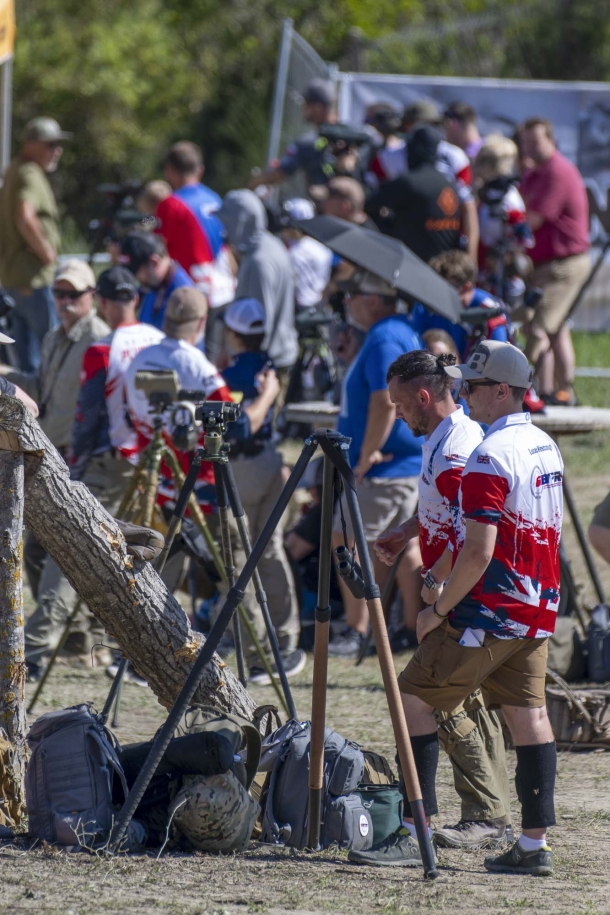
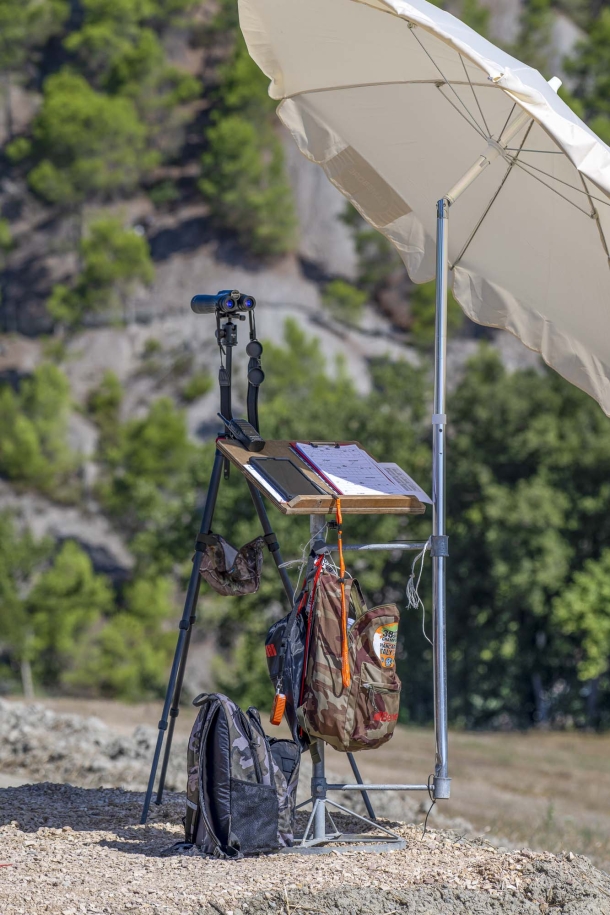
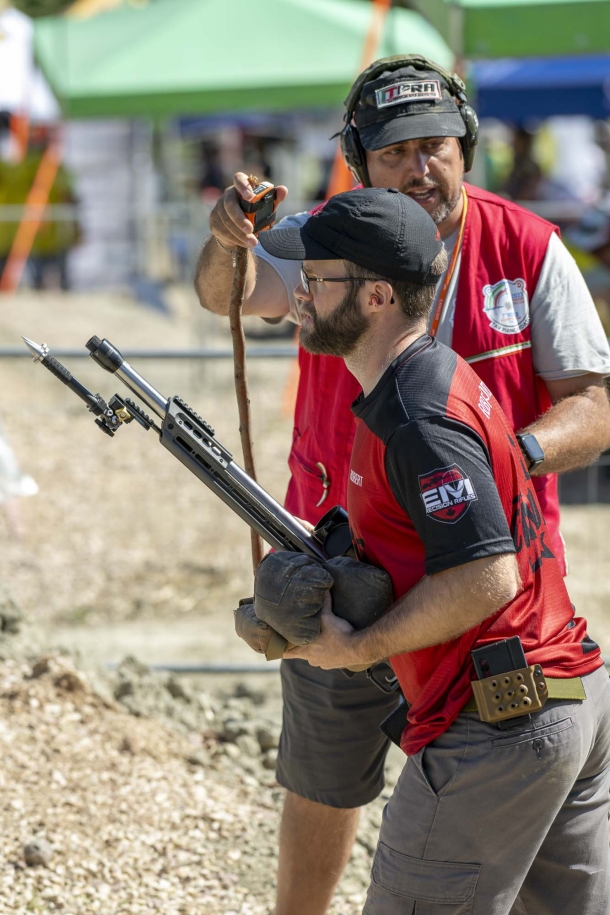
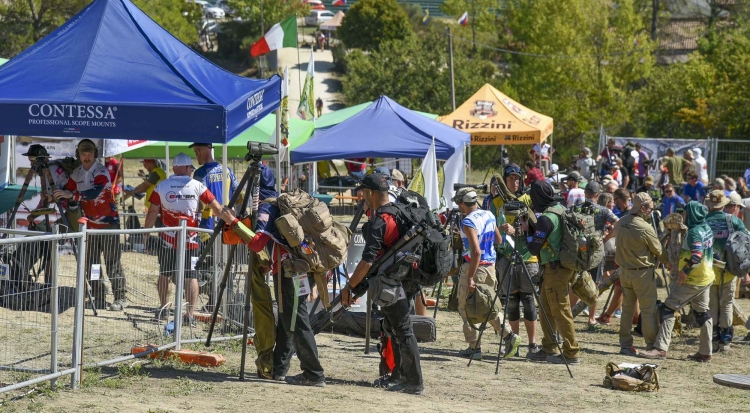

We are therefore talking about a discipline with a very fluid regulation, in evolution and in constant growth in terms of popularity, as evidenced by the success of the first PR22 World Championship, held from 28 August to 3 September last under the aegis of IPRF at the TAV Piancardato (Collazzone, PG).

In the photos on this page you see many female shooters because on the single day GUNSweek.com produced this short report, mainly women's competitions were taking place.
"Top Shooters" Ladies!
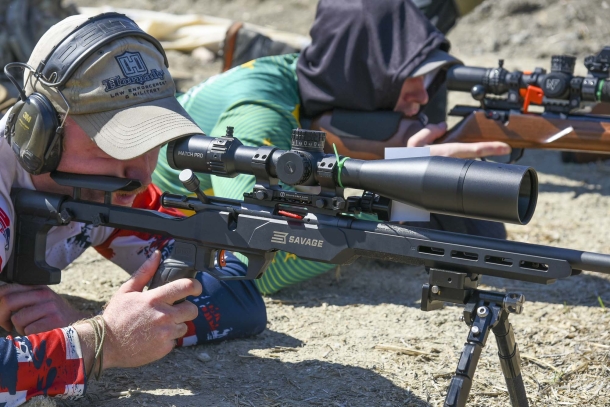
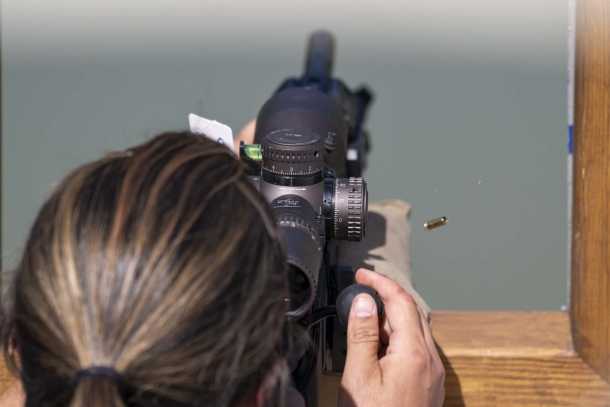
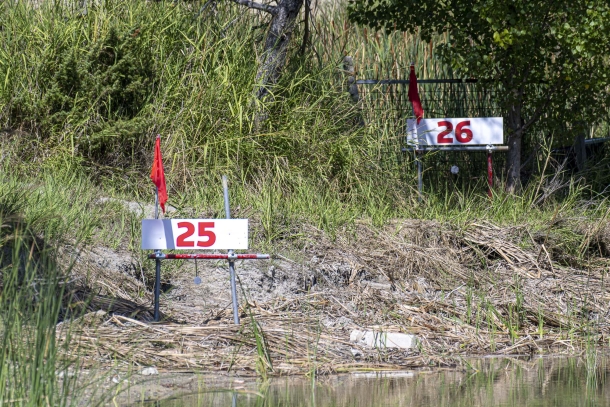
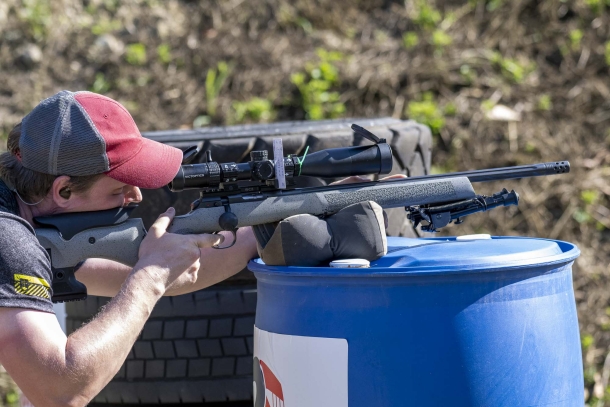

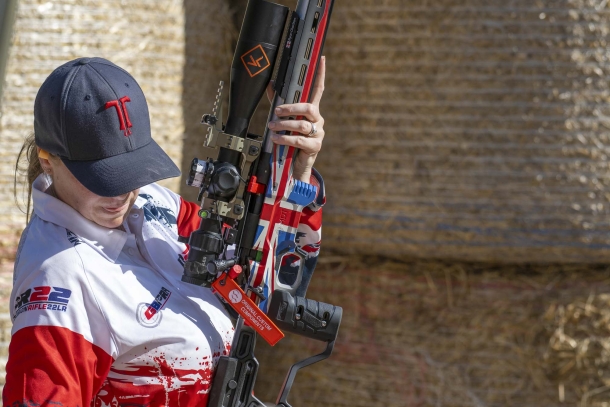
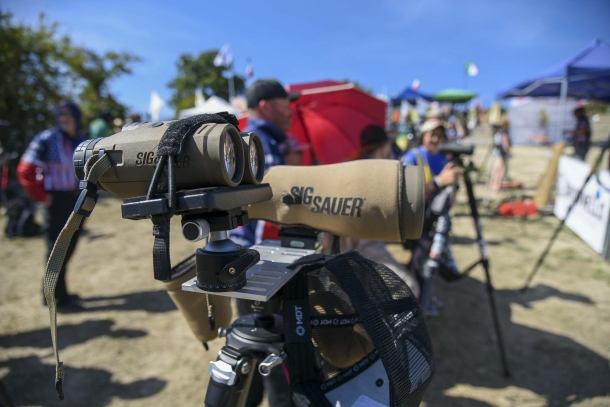
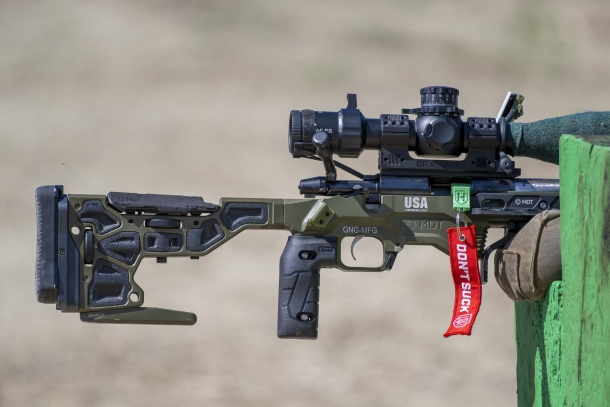

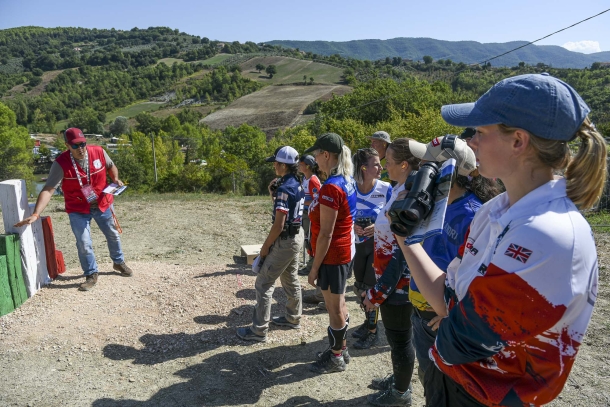

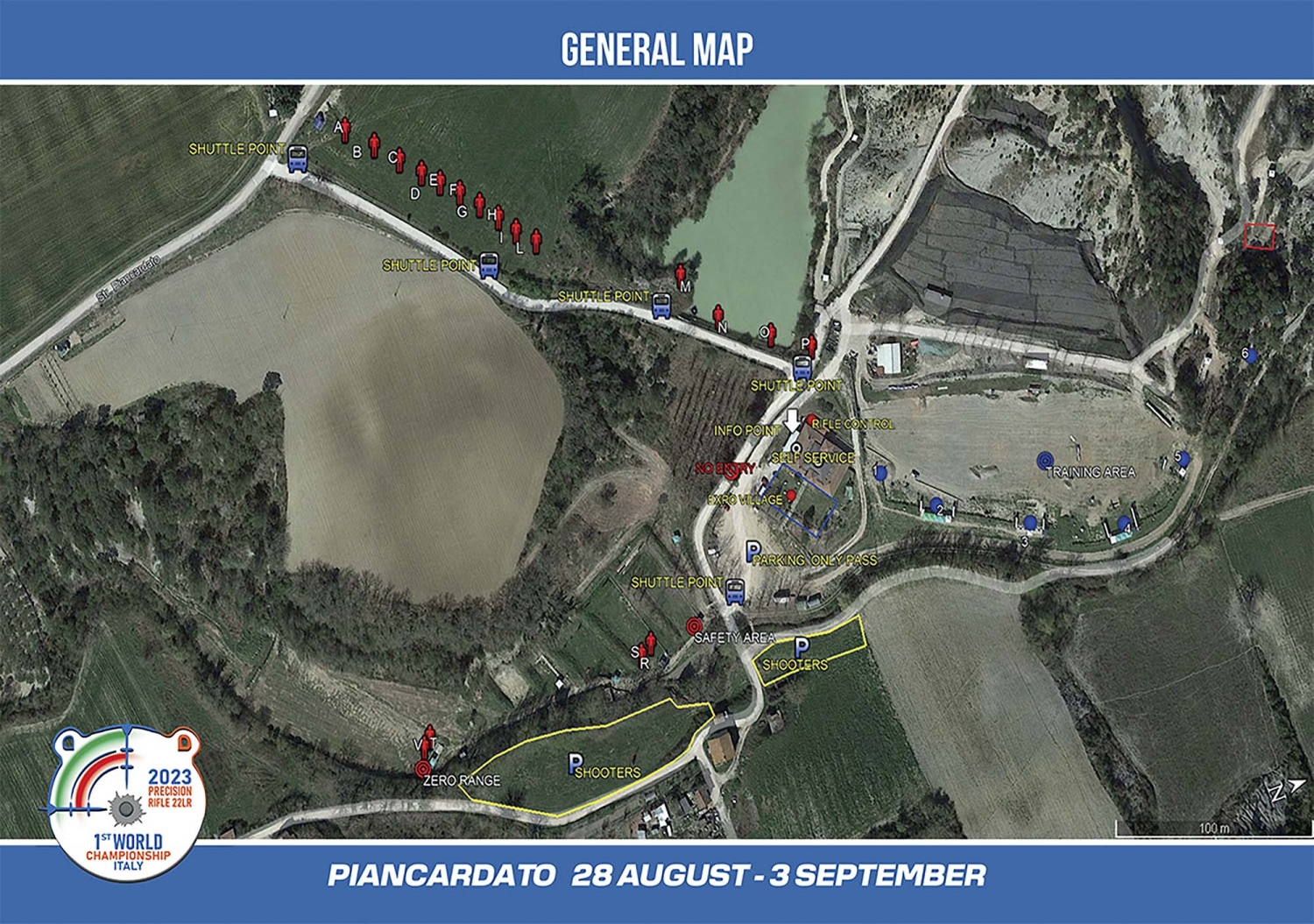
PRS Rimfire 22: 1st World Championship, in Italy

